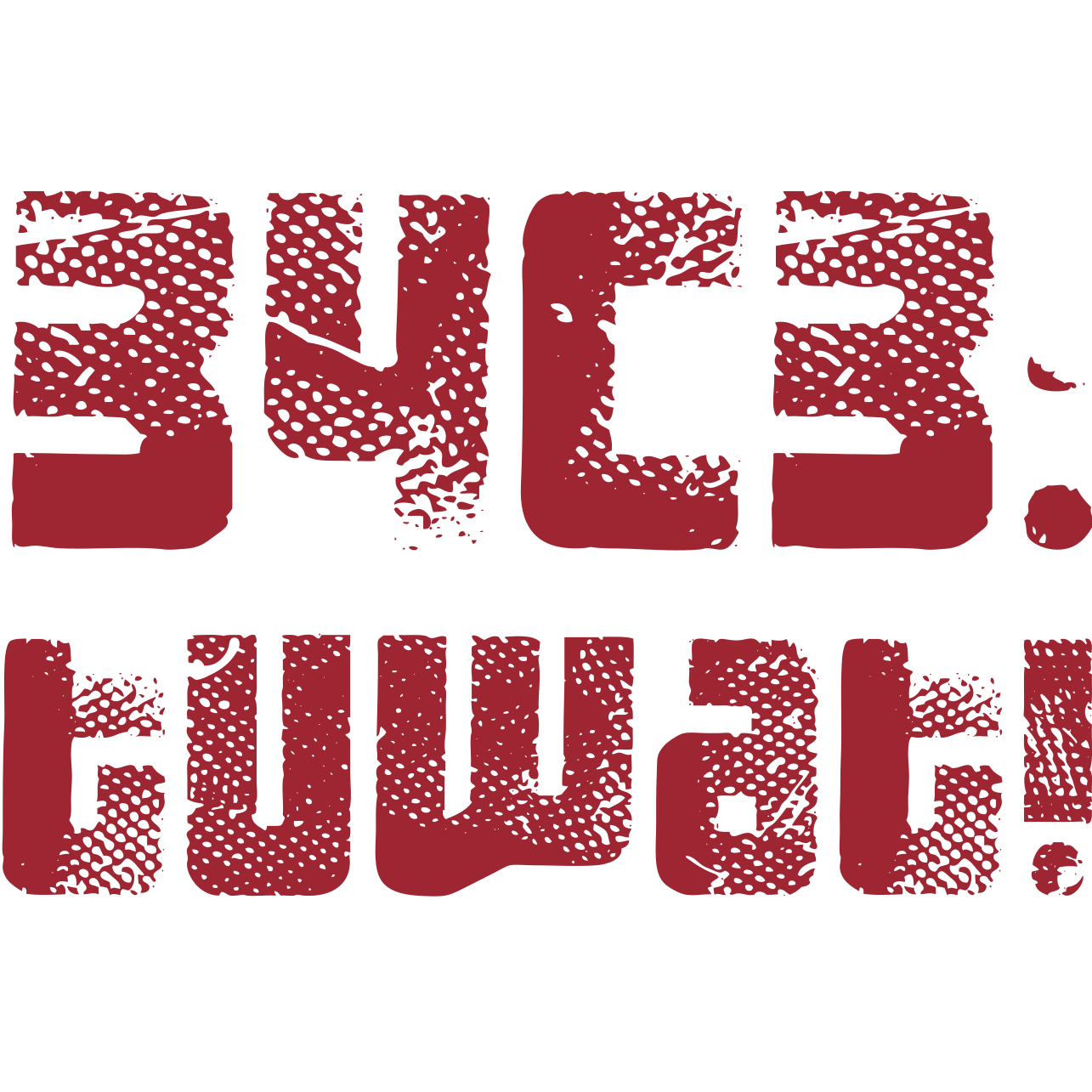Simulating the future of the global agro-food system
How can we feed a growing world population within a resilient Earth System? This session will present results from our cybernetic computer models that simulate how future trends in population growth, diets, technology and policy may change the global land cover, freshwater usage, the nitrogen cycle and the climate system, and how more sustainable pathways can be reached. We want to discuss how our computer models and our data can be made accessible and usable by a broader community, and which new ways exist to visualize key insights and provide decision support to our society. We will also showcase some interactive physical installations that have been developed jointly with a group of art students to visualize future scenarios.
Potsdam Institute for Climate Impact Research is specialized on simulations of the Earth System using supercomputing facilities, pushing the cybernetic concepts of the 20st century to the next level. Dozens of researchers jointly coded for more than a decade a number of Integrated Assessment Models that simulate the complex interactions between humans and the environment in great detail, drawing concepts from both natural and social sciences. Building such computer-supported macroscopes allow us to make the vast complexity of the Earth System comprehensible and supports decision makers in finding sustainable pathways into the future.
This session will address the question: How can we feed a growing world population within a resilient Earth System? It will present results from our cybernetic computer models that simulate how future trends in population growth, diets, technology and policy may change the global land cover, freshwater usage, the nitrogen cycle and the climate system, and how more sustainable pathways can be reached. We want to discuss how our computer models and our data can be made accessible and usable by a broader community, and which new ways exist to visualize key insights and provide decision support to our society.
We will also showcase some interactive physical installations that have been developed jointly with a group of art students to visualize future scenarios.
